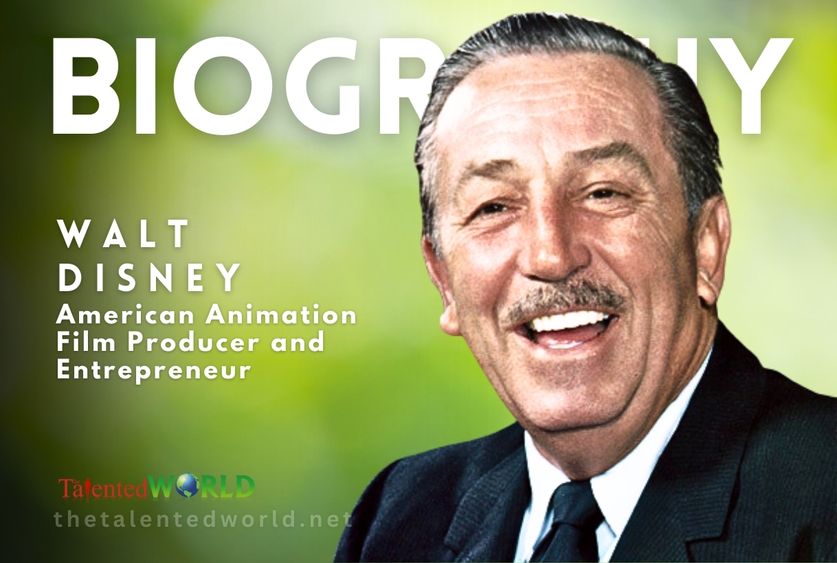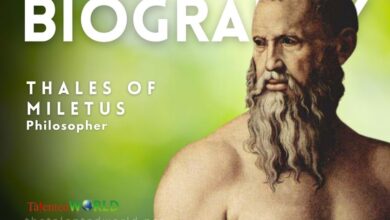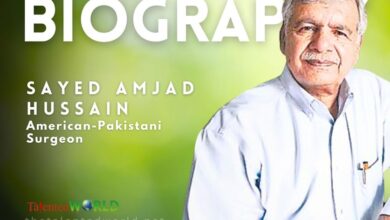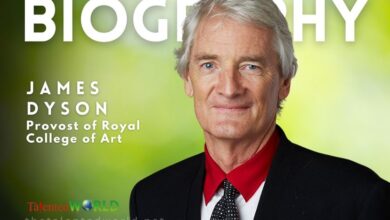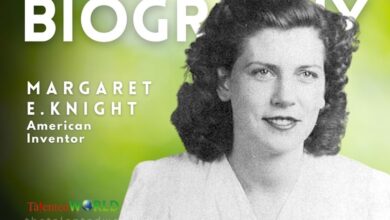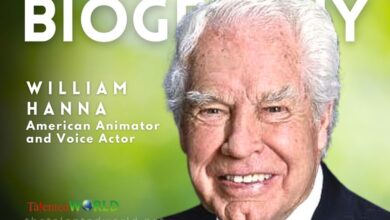| Full Name | Walter Elias Disney |
| Date of Birth | December 5, 1901 |
| Place of Birth | Chicago, Illinois, U.S. |
| Date of Death | December 15, 1966 |
| Place of Death | Burbank, California, U.S. |
| Occupations | Animator, Film Producer, Voice Actor, Entrepreneur |
| Title | President of The Walt Disney Company |
| Spouse | Lillian Bounds (married in 1925) |
| Children | 2, including Diane Disney Miller |
| Relatives | Disney Family |
| Net Worth | $750 million to $1.1 billion approx |
| Major Awards | 26 Academy Awards, 3 Golden Globe Awards, 1 Emmy Award |
| Notable Achievements | Pioneered American animation, Created Mickey Mouse |
| Early Interest | Developed an early interest in drawing |
| First Job | Commercial illustrator at age 18 |
| Studio Formation | Co-founded Disney Brothers Studio (now The Walt Disney Company) with brother Roy |
| First Major Success | Mickey Mouse, introduced in 1928 |
| Innovations | Synchronized sound, full-color Technicolor, feature-length cartoons |
| Notable Films | Snow White and the Seven Dwarfs, Pinocchio, Fantasia, Dumbo, Bambi, Cinderella, Sleeping Beauty, Mary Poppins |
| Theme Parks | Opened Disneyland in Anaheim, California in 1955 |
| Expansion into TV | Diversified into television programs such as Walt Disney’s Disneyland and The Mickey Mouse Club |
| Major Projects | Disneyland, Disney World, EPCOT |
| Smoking Habit | Heavy smoker throughout his life |
| Cause of Death | Lung cancer |
| Public Persona | Warm and outgoing, though privately shy and insecure |
| Historiography | Viewed as a cultural icon with diverse interpretations of his legacy |
| Legacy | One of the most influential cultural figures of the 20th century, his company is one of the world’s largest media conglomerates |
| Educational Background | Attended Kansas City Art Institute, took a correspondence course in cartooning |
| Family Background | Son of Elias Disney and Flora Call, with three brothers and one sister |
| Childhood Interest | Drawing, especially influenced by trains and cartooning from the Appeal to Reason newspaper |
